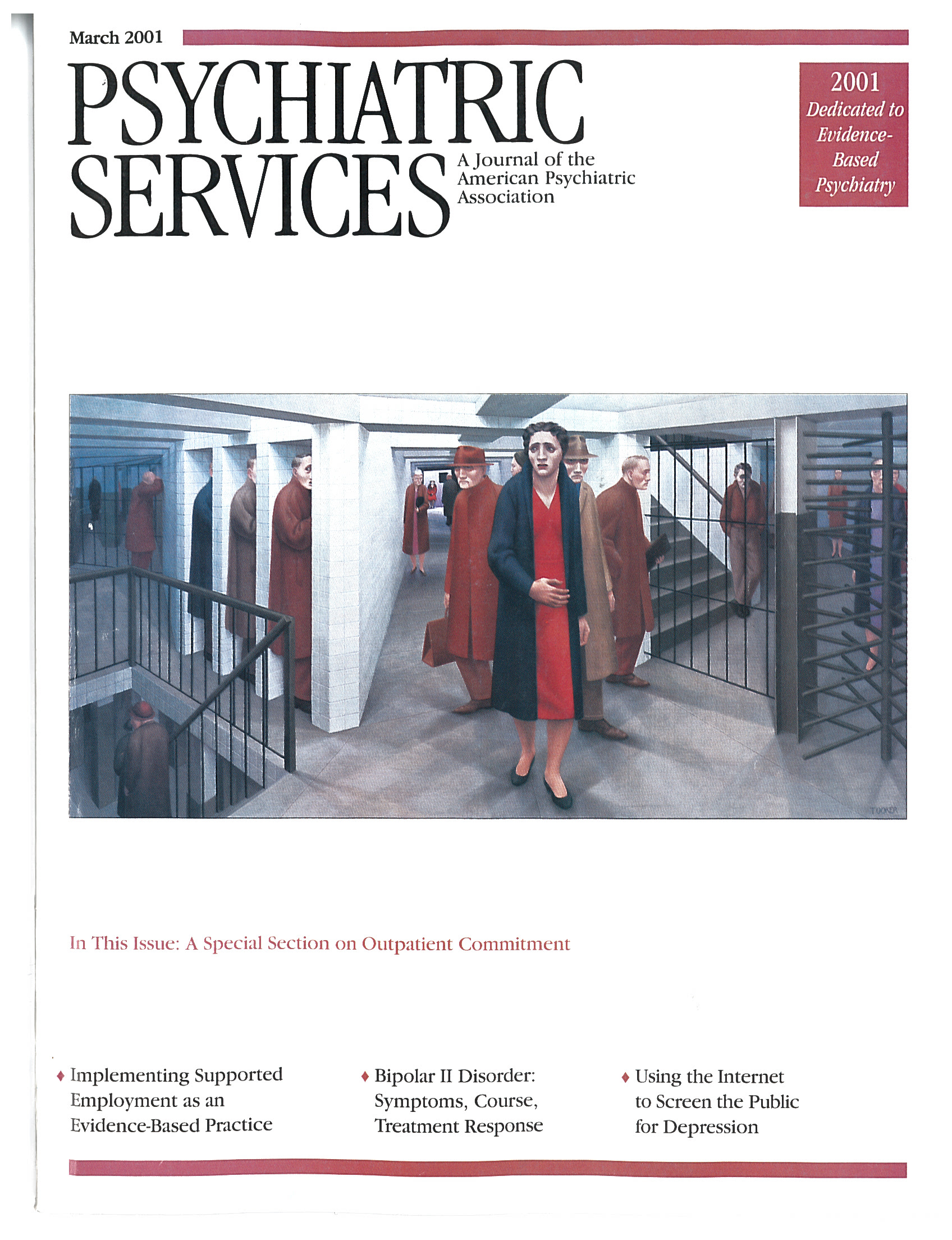Rehab Rounds: Electroconvulsive Therapy in Rehabilitation: The Hong Kong Experience
Abstract
Introduction by the column editors: Persistent psychotic symptoms can intrude on an individual's cognitive and psychosocial functioning and interfere with that person's active and constructive participation in social and vocational rehabilitation. Amelioration or elimination of intrusive positive and negative symptoms of psychosis is the major task for clinicians during the acute phase of schizophrenia. Successful treatment permits the patient to transition into stabilization and recovery phases, when psychosocial rehabilitation can take primacy (1).The introduction of clozapine has enlarged the proportion of individuals with schizophrenia whose psychotic symptoms can be controlled (2), but symptoms remain refractory in a large number of patients. One largely unexplored alternative for treating individuals who are chronically disabled is electroconvulsive therapy (ECT). Already known for its efficacy in treating affective disorders, its effectiveness in treating schizophrenia—although more limited—has been documented over more than five decades (3,4). ECT has been found to be particularly effective in treating first-episode cases in which affective and catatonic symptoms are manifested and in 20 to 50 percent of treatment-resistant cases, including those in which the patient was nonresponsive to clozapine (5,6,7,8). Without continuation and maintenance ECT, however, results are usually short-lived (4,7,9).Tang and Ungvari have used ECT in an attempt to increase the responsiveness to psychosocial rehabilitation of patients who have treatment-refractory schizophrenia. They describe their experiences with ECT at a facility in Hong Kong, where long-term hospitalization is still the norm for a sizable proportion of patients with chronic schizophrenia. ECT is more compatible with the biological view of schizophrenia that is prevalent in Asian countries; hence it has greater cultural congruence and acceptability among consumers and families in China than in the United States.



